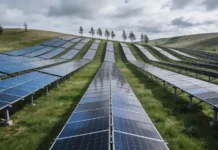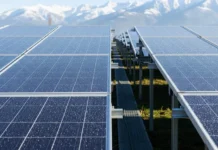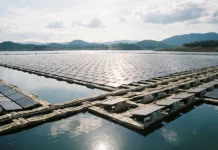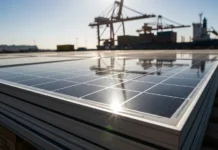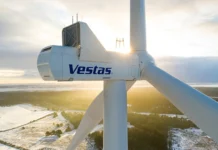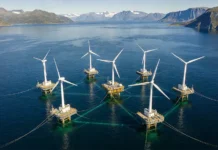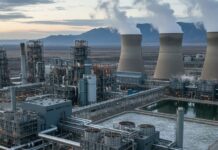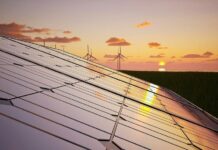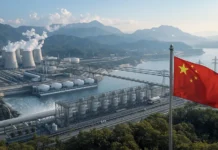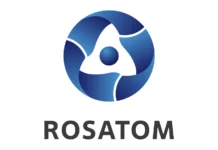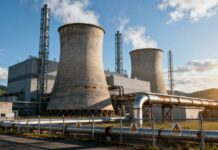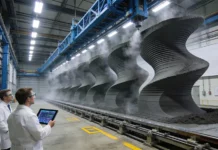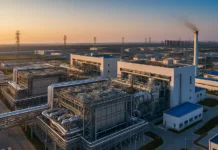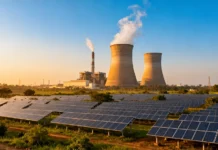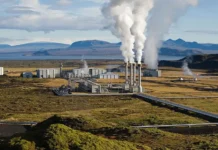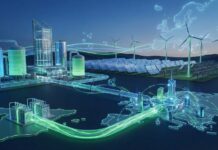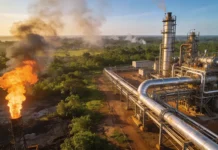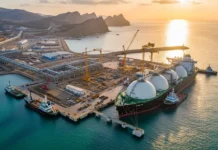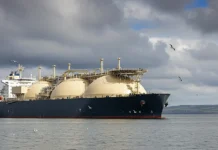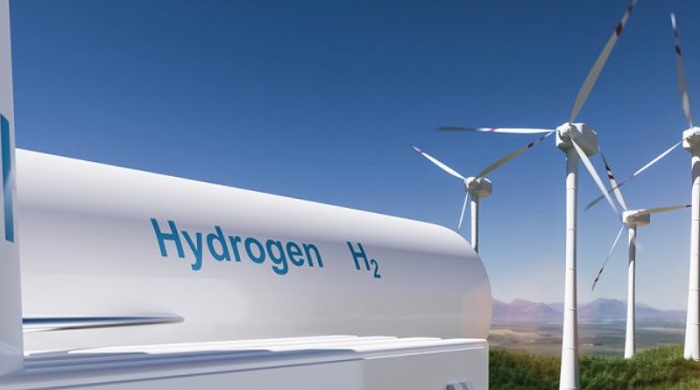Just imagine if the cars happened to be running on the planet’s most abundant element. That’s the promise that hydrogen cells come with. They can indeed be better for any kind of environment as compared to oil and gas; however, it does depend on which kind of fuel is being used. As of this year, the only non-polluting fuel cells make use of hydrogen.
It is well to be noted that various types of fuel cells happen to require different kinds of inputs. There are some that run on biofuel and emit carbon dioxide while generating energy. They happen to be a better option than biofuels, yet they are less environmentally friendly than hydrogen fuel cells.
Significantly, the growing number of plants for biodiesel as well as ethanol sequesters some carbon. That said, it also necessitates the use of more fertilisers and pesticides, along with transportation and tractor fuel. The refining process goes on to utilise oil as well as gas as a source of heat. Apparently, bio-based fuel works best when used as a stopgap measure as the world shifts towards renewable energy. The fact is that most common fuel cells happen to run on hydrogen, thereby only releasing water vapour as well as heat. This makes them one of the most sustainable types as long as they are running on green hydrogen, which, by the way, accounts for just 1% of the total worldwide hydrogen production.
Significantly, there are three kinds of hydrogen or fuel cells, each of which reflects a different kind of manufacturing process.
One of the most common methodologies for making hydrogen is methane steam reforming. Under this, the drilling contractors go on to extract methane from the ground, usually by way of fracking. The methane then reacts with steam and a catalyst under high pressure in order to produce hydrogen. There are also by-products such as carbon monoxide and carbon dioxide that get manufactured due to this process.
It is well to be noted that factories at times release K-list pollutants into the air, with the fuel being called grey hydrogen so as to reflect the dirty manufacturing process.
The product is called blue hydrogen in case the factory goes on to divert the pollutants into facilities related to carbon capture and storage. However, producing blue hydrogen doesn’t happen to be friendly, as it still creates huge environmental waste.
The only clean way to use fuel cells is by burning green hydrogen. Notably, solar, wind, and other renewable sources of energy like hydroelectric power and geothermal can go on to power electrolysers that separate hydrogen and oxygen within the water molecules, resulting in the formation of green hydrogen. Electrolysis, apparently, produces no harmful emissions, thereby making it a very eco-friendly fuel production process.
It is no surprise when we state that fossil fuels cause more harm to the environment. The extraction process often goes on to damage the ecosystem by clearing vegetation, causing disturbance to the wildlife and polluting groundwater to a great extent. Fossil fuels, when burned, generate airborne pollutants, and the toxins happen to contribute to smog and acid rain, thereby causing severe diseases such as asthma and cardiovascular issues, which happen to be disproportionately affecting minority communities.
Fossil fuels also happen to be finite; they are eventually going to run out, and the fact is that their uneven distribution goes on to cause geopolitical issues as well.
However, making use of fuel cells can overcome any of these issues. Water, which happens to be the basic ingredient for making it, is evenly distributed as compared to oil. Besides, it is possible to run the fuel cells non-stop by adding more fuel, not like batteries, which often take hours or even days to recharge themselves.
Green hydrogen happens to be far more environmentally friendly. They do not cause any nitrogen oxide emissions, nor do they emit any particulate matter or give out carbon dioxide like combustion engines. They run on sustainable fuel that is derived from water. The cost of hydrogen production is too high to scale up its production, but that said, homes, planes, and cargo ships can one day run completely on it.


